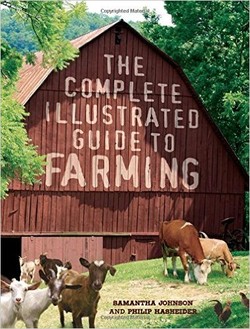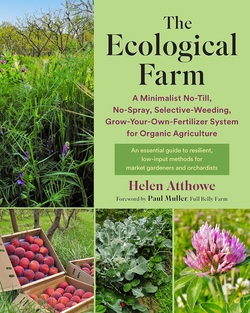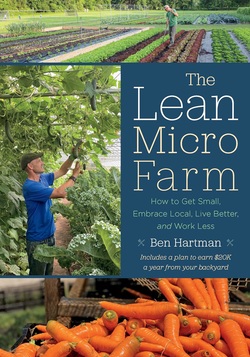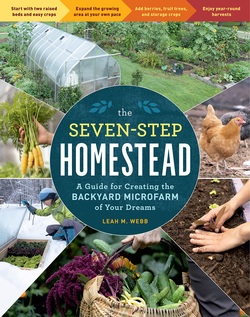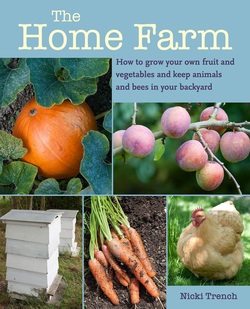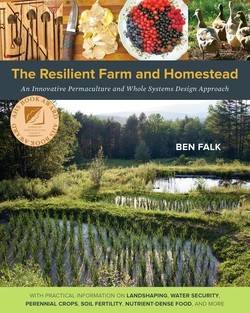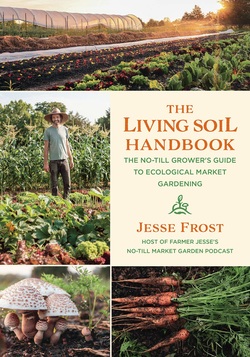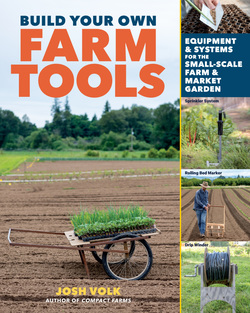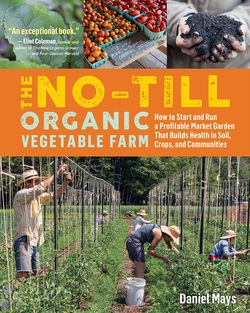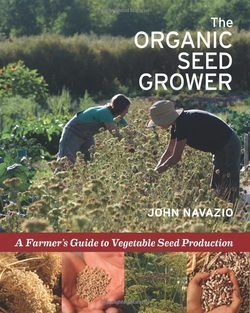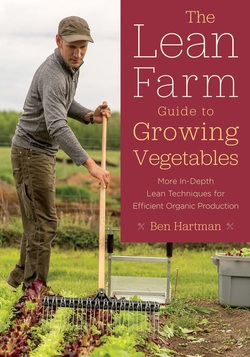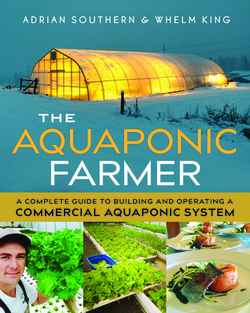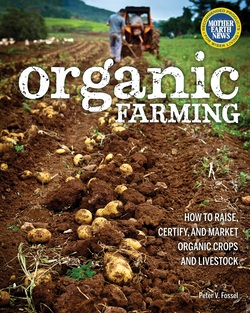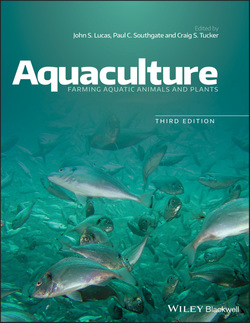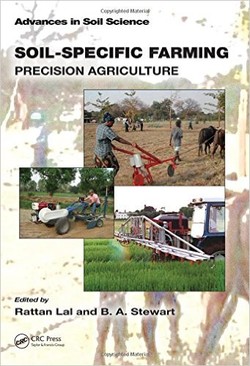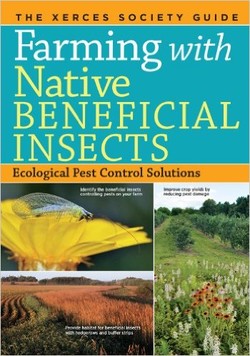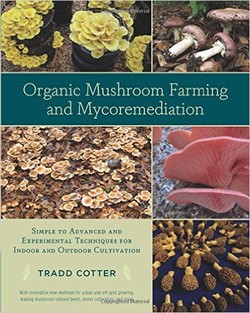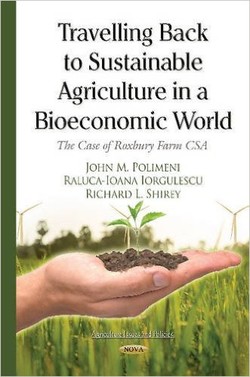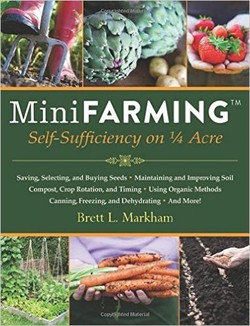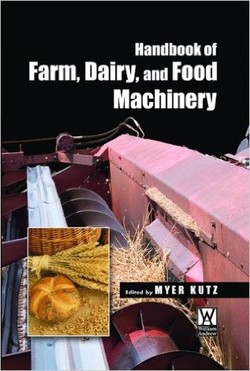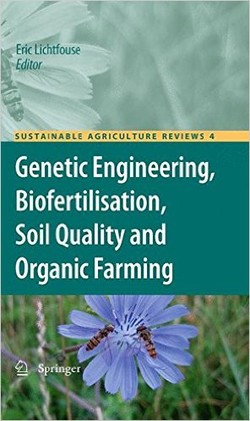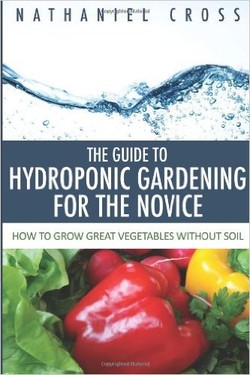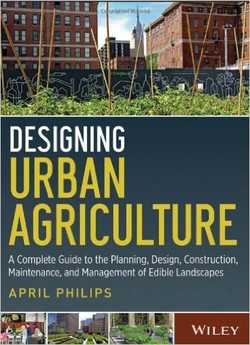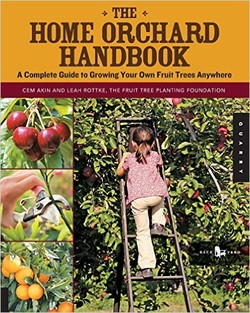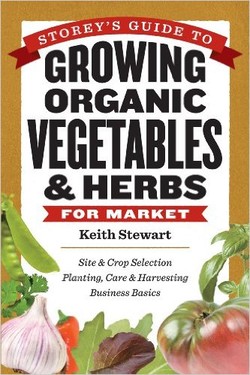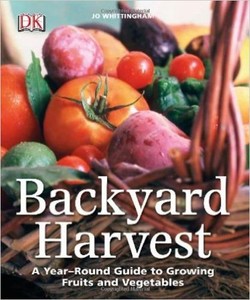“راهنمای کاملا تصویری کشاورزی” یک راهنمای دانشنامهای جامع برای کشاورز مبتدی، کشاورز تفریحی و کشاورز خانواده در مقیاس کوچک، مناسب میباشد.
Philip Hasheider و Samantha Johnson، متخصصان کشاورزی، این حرفه را از ابتدا تا انتها شرح میدهند: ساخت حصار خود، تعمیر ماشینآلات خود و کسب آگاهی لازم برای خرید یک تراکتور.
بهجای خرید یک کتاب درباره هر موضوع، شما فقط به همین یک کتاب نیاز دارید که مهمترین و مرتبطترین اطلاعات درباره تمام جنبههای راهاندازی یک مزرعه را در یک نسخه دستی، گردآوری کرده است. و برخلاف کتابهای دیگر، بهخصوص برای صاحبان یک مزرعه کاری، طراحی شده است.
این راهنمای کاربردی، مشاورههای تخصصی در زمینه پرورش دام و کشت، تعمیرات، برداشت و قصابیکردن، مدیریت یک جنگل حفاظتشده و موارد بیشتر دیگر را که بهسختی حاصل شدهاند، فراهم میکند.
Philip Hasheider و Samantha Johnson، متخصصان کشاورزی، این حرفه را از ابتدا تا انتها شرح میدهند: ساخت حصار خود، تعمیر ماشینآلات خود و کسب آگاهی لازم برای خرید یک تراکتور.
بهجای خرید یک کتاب درباره هر موضوع، شما فقط به همین یک کتاب نیاز دارید که مهمترین و مرتبطترین اطلاعات درباره تمام جنبههای راهاندازی یک مزرعه را در یک نسخه دستی، گردآوری کرده است. و برخلاف کتابهای دیگر، بهخصوص برای صاحبان یک مزرعه کاری، طراحی شده است.
این راهنمای کاربردی، مشاورههای تخصصی در زمینه پرورش دام و کشت، تعمیرات، برداشت و قصابیکردن، مدیریت یک جنگل حفاظتشده و موارد بیشتر دیگر را که بهسختی حاصل شدهاند، فراهم میکند.
سال انتشار: 2014 | تعداد صفحات: 320 | حجم فایل: 34.00 مگابایت | زبان: انگلیسی
The Complete Illustrated Guide to Farming
نویسنده:
Philip Hasheider, Samantha Johnson
ناشر:
Voyageur Press
ISBN10:
0760345554
ISBN13:
9780760345559
